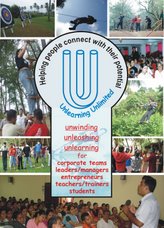The Zen saying ‘Better not to start. Once started, better to finish’ means two things. While it highlights the potential pain of giving up after investing time and effort, it also emphasizes the importance of careful consideration before embarking on something new.
If a task is unlikely to be completed, it might be better to avoid it to minimize wasted time and energy. Starting and then stopping can be demoralizing and lead to feelings of failure or regret. Investing time and resources into one thing means potentially missing out on other opportunities.
On the other hand, even if a project isn't fully realized, there is experience to be gained from starting and trying. Challenges and setbacks, even if they lead to stopping, build resilience and adaptability. Even with the possibility of stopping, starting something can lead to positive outcomes or opportunities.
Ultimately, whether it's better to start or not depends on the specific situation and the individual's circumstances. The choice of whether or not to start something new requires consideration of potential benefits and drawbacks, as well as an assessment of one's own capacity and motivation.
It's not always better to avoid starting, especially if there's a chance for learning, growth, or unexpected success. However, it's important to be realistic about the potential challenges and to avoid starting something that is likely to be unsustainable or lead to unnecessary disappointment.
To take the first step or let doubts reside
A choice to make: to take or quit the ride!
~ Pravin K Sabnis
#mondaymuse22ndYear #pravinsabnis #since2004 #motivation #blogging #MondayMuse



